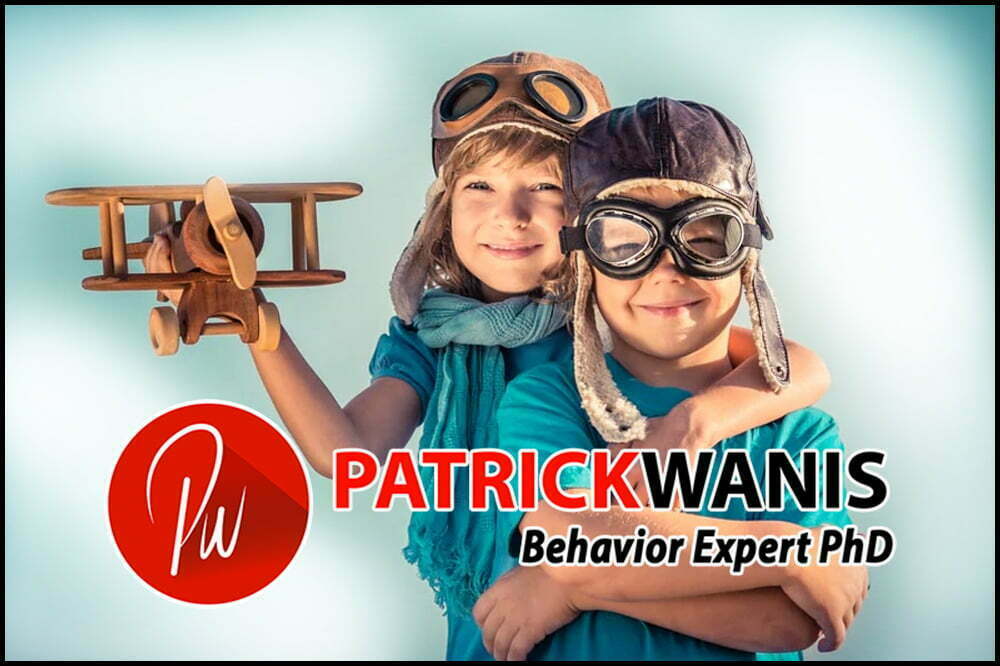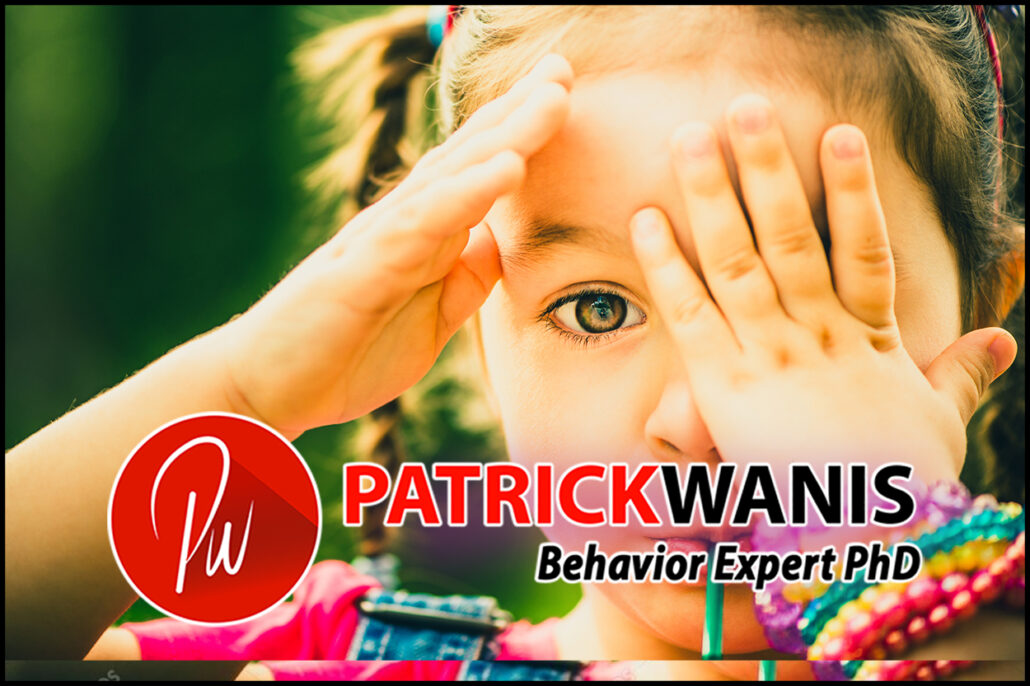In this week’s Success Newsletter, I would like to reveal another 10 ways to build resiliency in children, particularly related to stress and trauma.
Take My Breakup Quiz
Are you heartbroken, angry, lost, lonely, confused, depressed, or pining over your ex? How would you like to benefit from personalized advice, action steps and revelations? Take my Free Breakup Quiz and get your own personalized report.
Do You Play The Victim In Relationships?
Are you the Victim? Are you often feeling helpless? Do things often go wrong for you? Do you constantly find yourself dating people who are trying to help or save you? Watch my video
Why Resiliency In Children Is So Important
Adverse childhood events (ACEs) negatively impact children, and for life. They affect brain development, cognition, emotional control and regulation, social skills, relationship attachments, and physical health. Abuse, trauma, and other adverse childhood events create stress in the child; chronic stress changes brain architecture, and creates physical illnesses and diseases that worsen in adulthood.
There is an antidote as these stressful and adverse events are happening in childhood: the antidote is to build resiliency.
This article focuses on strategies to build resiliency particularly when children are experiencing stress and adverse events or trauma. You can read my other article on 10 ways to make your children more resilient.
What Is Resilience?
Resiliency is the ability to respond and adapt to stress and challenges, and, to bounce back with renewed wisdom and motivation. Resiliency is a skill that can be developed.
How To Build Resiliency
Resiliency in children begins with you, the parent or adult. The most important foundation for resiliency for children is you who will also create the experience and feeling of being safe and supported.
Here are 10 ways to build resiliency
1. Become The Resilient Parent
Children receive safety, love, support, and the example from their parents. If there are ongoing adverse events such as the father or mother of the child continues to be abusive or harmful, then your ability to be resilient becomes even more critical.
What is a resilient parent and adult? A problem-solver, a rock or lighthouse; a person who demonstrates healthy relationships with other adults as well as their children. The next 9 tips help you to become a resilient parent.
2. Build Secure Attachment
The resilient parent is nurturing, protective and supportive; he/she listens and is patient and attentive to the child’s needs, challenges, and responses.
3. Validate Experiences and Emotions
Most parents tend to diminish, minimize, negate or deny a child’s experiences and emotions. Instead, validate what they feel and what they have experienced. Ask questions to explore what is happening for them.
4. Develop Emotional Intelligence In Your Child
Resiliency is also tied to emotional intelligence: self-awareness, self-regulation, reading other’s emotions, and influencing other’s emotions/behaviors. Encourage your child to become aware of what she is feeling, to give it a name, and to identify where in her body she might be feeling it. This leads to a sense of control.
5. Encourage Vulnerability
Tell your child he can express his emotions, feelings and needs to you. Encourage him to ask for help. The way you respond will determine if he feels safe to ask for help during difficult or uncertain times. Listen free of judgement. Let him express before jumping in to offer advice. Validate his feelings first, then ask more questions and redirect behavior.
6. Develop Skills For Emotional Regulation – Coping
As you teach your child to become more self-aware, teach them skills to help them release or balance intense emotions during stressful events. For example, teach them simple breathing techniques such as 4, 7, 8: Sit upright, breathe in gently to a mental count of 4, hold the breath for a count of 7, breathe out gently to a count of 8.
Encourage your child to join physical movement classes – dance, yoga, sport, martial arts, and so forth.
Identifying their strengths, and progressively mastering these and other activities & skills also contribute to a sense of competency and confidence. Further, teaching children to connect to their body at a young age along with the skills to self-soothe and self-regulate enhances resiliency.
7. Build A Social Network
You cannot do it all on your own! Involve family, friends and teachers who can listen, support, play, encourage and validate your children. The more people who can express a belief in the child, the more resilient the child will become. I am not referring to the damaging phrases such as, ‘You are now the man of the house.’ I am referring to love, care, affection and encouragement which communicate to a child, ‘I am here for you. Life is more than the bad you have experienced. You will be OK! I believe in you; you can do it.’
Supportive friends and social networks create connections, security, and belonging for your child. They can also develop social skills and build values and a sense of community from these friends and social network.

8. “It’s Not Your Fault”
Children are egocentric: They believe the world revolves around them. Therefore, they subconsciously blame themselves for everything that happens to them or fails to happen for them. Children will blame themselves for abuse and neglect; they will blame themselves even when someone is ridiculing, belittling or bullying them; they will blame themselves because you did not give them more attention or if you and your spouse are arguing or divorcing. The solution: constantly and consistently reinforce to them that whatever is happening around them and to them is not their fault. “It’s not your fault. Your mom/dad/aunt/grandpa were that way before you came along. You did not make them that way. You are not in control of them. They are adults; they make their own choices. It is not your fault.”
9. Build Resiliency With The Growth Mindset
We all make mistakes. And if you were punished for making mistakes, you will believe that you are the mistake; you will be afraid to express, take risks, try new things, and grow. You will have a fixed mindset thinking that you cannot grow. Teach your children the growth mindset: intelligence, personality, character, creativity, and other skills can be developed; you are not the mistake. This will also lead to more autonomy as they make more decisions and learn from them.
10. And It Is Not Your Fault
No matter what you do or how skilled you are at being resilient or teaching resiliency to your children, please accept that they will experience stress, distress and difficulty. Further, there may have been mistakes that led to adverse events. Perhaps you chose the wrong partner or made some other decision that unknowingly resulted in adverse events and stress for your child. Focus on forgiving yourself; this is critical so you can model resiliency, self-compassion and forgiveness for your child. Your health affects their health!
If you need help to release guilt, shame or self-blame over what has happened – get the help you want, need and deserve. Do it now gently, easily, and quickly with my SRTT process. Book an SRTT session and be set free from the past.
You can add to the conversation below.
I wish you the best and remind you “Believe in yourself -You deserve the best!”
Patrick Wanis Ph.D. Celebrity Life Coach, Human Behavior & Relationship Expert & SRTT Therapist
Anointed “The Woman Expert” by WGN Chicago, Patrick Wanis PhD is a renowned Celebrity Life Coach, Human Behavior & Relationship Expert who developed SRTT therapy (Subconscious Rapid Transformation Technique) and is teaching it to other practitioners. Wanis’ clientele ranges from celebrities and CEOs to housewives and teenagers. CNN, BBC, FOX News, MSNBC & major news outlets worldwide consult Wanis for his expert insights and analysis on sexuality, human behavior and women’s issues. Wanis is the first person ever to do hypnotherapy on national TV – on the Montel Williams show.

